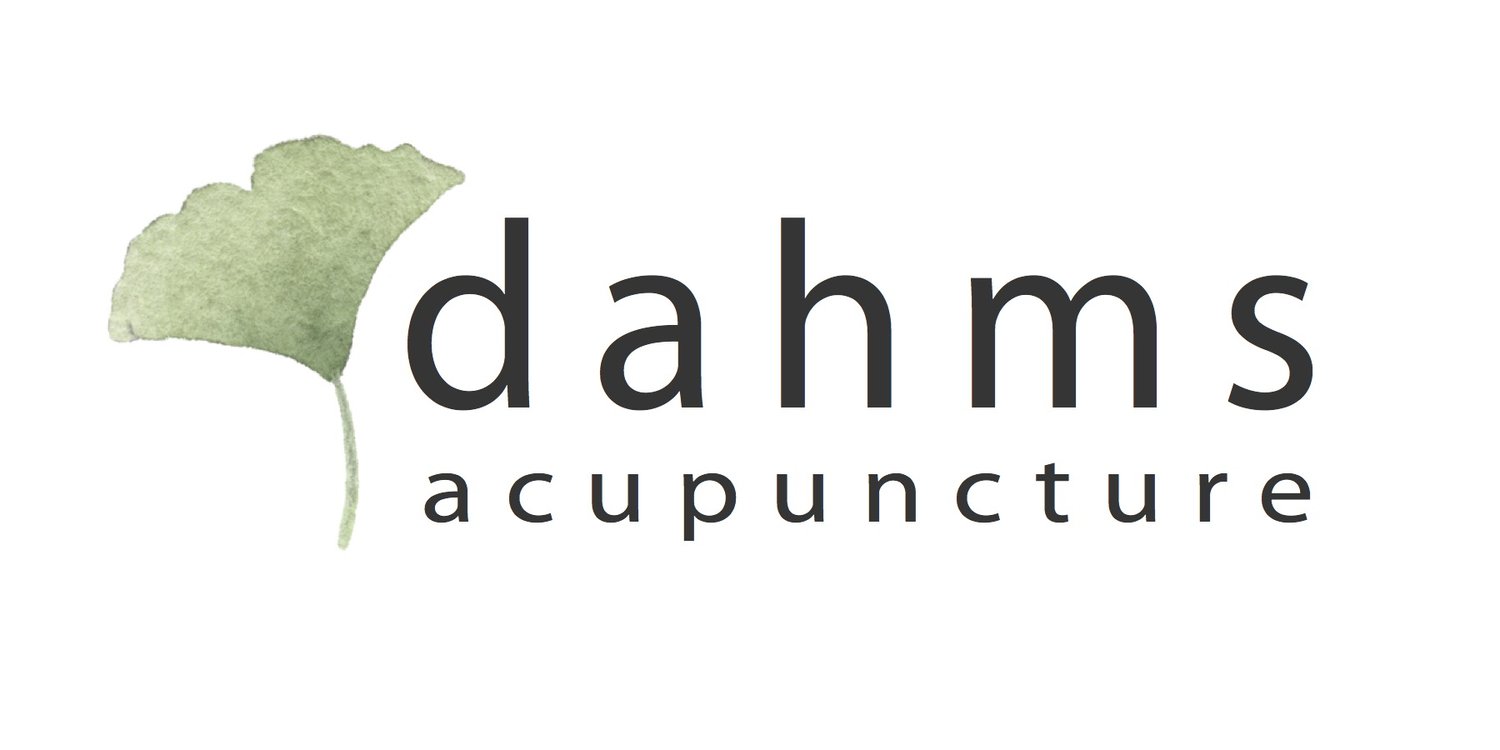Evidence-Based Approaches to Reducing Pain at Home
/Chronic pain affects millions of people worldwide, and while medical treatments play a crucial role, many evidence-based strategies can be used at home to manage pain effectively. These approaches leverage scientific research to reduce inflammation, regulate the nervous system, and improve overall well-being.
1. Exercise and Movement Therapy
Regular physical activity is one of the most well-supported pain management strategies. Research shows that exercise:
Reduces inflammation and improves circulation (Sluka & O'Donnell, 2018).
Releases endorphins, the body’s natural painkillers (Geneen et al., 2017).
Strengthens muscles and joints, reducing strain on painful areas (Shanahan et al., 2016).
Try: Low-impact exercises like walking, swimming, tai chi, or yoga to maintain mobility without worsening pain.
2. Mindfulness and Stress Reduction
Pain and stress are deeply interconnected, and stress can amplify pain perception through the nervous system. Mindfulness-based interventions help by:
Reducing pain sensitivity (Zeidan et al., 2016).
Lowering cortisol levels, reducing inflammation and tension (Creswell et al., 2014).
Rewiring brain activity, making pain signals less overwhelming (Garland et al., 2017).
Try: Deep breathing exercises, guided meditation, or progressive muscle relaxation.
3. Heat and Cold Therapy
Temperature-based treatments are backed by extensive research:
Cold therapy (cryotherapy) reduces inflammation and numbs pain receptors (Bleakley et al., 2012).
Heat therapy improves blood flow and relaxes tight muscles (French et al., 2006).
Try: Applying ice packs for acute injuries and heating pads for chronic muscle tension.
4. Anti-Inflammatory Nutrition
What you eat impacts inflammation and pain levels. Studies suggest that anti-inflammatory diets can help reduce chronic pain (Bertin et al., 2021).
Omega-3 fatty acids (found in fish, flaxseeds) reduce joint pain and stiffness.
Antioxidant-rich foods (berries, leafy greens, turmeric) combat oxidative stress.
Avoiding processed sugars and trans fats helps prevent systemic inflammation.
Try: A Mediterranean-style diet rich in whole foods and healthy fats.
5. Acupressure and Self-Massage
Acupuncture is widely recognized for pain relief, and similar benefits can be achieved through acupressure and self-massage:
Studies show acupressure reduces musculoskeletal pain (Robinson et al., 2021).
Massage therapy lowers pain perception and improves circulation (Field, 2016).
Try: Applying gentle pressure to known pain-relief points, such as the LI4 (Hegu) point in the hand for headaches.
6. Sleep Optimization
Poor sleep increases pain sensitivity. Research links sleep deprivation to higher levels of inflammation and lower pain tolerance (Finan et al., 2013).
Maintain a consistent sleep schedule.
Reduce blue light exposure before bedtime.
Create a cool, dark, and quiet sleep environment.
Try: Establishing a bedtime routine that includes relaxation techniques.
7. Nervous System Regulation Techniques
Chronic pain often involves an overactive nervous system, keeping the body in a state of stress. Methods to stimulate the vagus nerve and promote relaxation include:
Diaphragmatic breathing, which lowers pain perception (Breit et al., 2018).
Cold exposure (e.g., cold showers), which increases vagal tone (Proulx et al., 2018).
Humming and singing, which engage the parasympathetic nervous system.
Try: Slow, controlled breathing (4-7-8 method) or gentle humming to stimulate vagus nerve function.
These evidence-based strategies offer powerful ways to manage pain at home. While professional care may still be needed, incorporating movement, mindfulness, nutrition, and nervous system regulation into daily life can significantly improve pain levels and overall well-being.
References
Bertin, D., et al. (2021). Anti-inflammatory diet and chronic pain management: A systematic review. Journal of Pain Research, 14, 321-336.
Bleakley, C. M., et al. (2012). Cryotherapy for acute injuries: A review of effectiveness and safety. Sports Medicine, 42(6), 461-470.
Breit, S., et al. (2018). Vagus nerve as a modulator of the brain-gut axis in psychiatric and inflammatory disorders. Frontiers in Psychiatry, 9, 44.
Creswell, J. D., et al. (2014). Mindfulness-based stress reduction training reduces loneliness and pro-inflammatory gene expression in older adults: A small randomized controlled trial. Brain, Behavior, and Immunity, 36, 7-14.
Finan, P. H., et al. (2013). The association of sleep and pain: An update and a path forward. The Journal of Pain, 14(12), 1539-1552.
Garland, E. L., et al. (2017). Mindfulness-oriented recovery enhancement reduces pain attentional bias in chronic pain. Journal of Behavioral Medicine, 40(4), 710-720.
Geneen, L. J., et al. (2017). Physical activity and exercise for chronic pain in adults: An overview of Cochrane Reviews. Cochrane Database of Systematic Reviews, 4, CD011279.
Proulx, K., et al. (2018). Cold exposure as a therapy for chronic pain: A review of mechanisms and clinical applications. Pain Reports, 3(4), e702.
Robinson, N., et al. (2021). Effectiveness of acupressure for pain relief: A meta-analysis of randomized controlled trials. Complementary Therapies in Medicine, 56, 102601.
Shanahan, C., et al. (2016). The role of exercise in reducing musculoskeletal pain. Clinical Journal of Pain, 32(4), 317-323.
Sluka, K. A., & O’Donnell, J. M. (2018). Exercise as a non-pharmacological strategy for pain relief: A review of mechanisms and clinical applications. Current Pain and Headache Reports, 22(8), 27.
Zeidan, F., et al. (2016). Mindfulness-meditation-based pain relief: A mechanistic account. Annals of the New York Academy of Sciences, 1373(1), 114-127.









